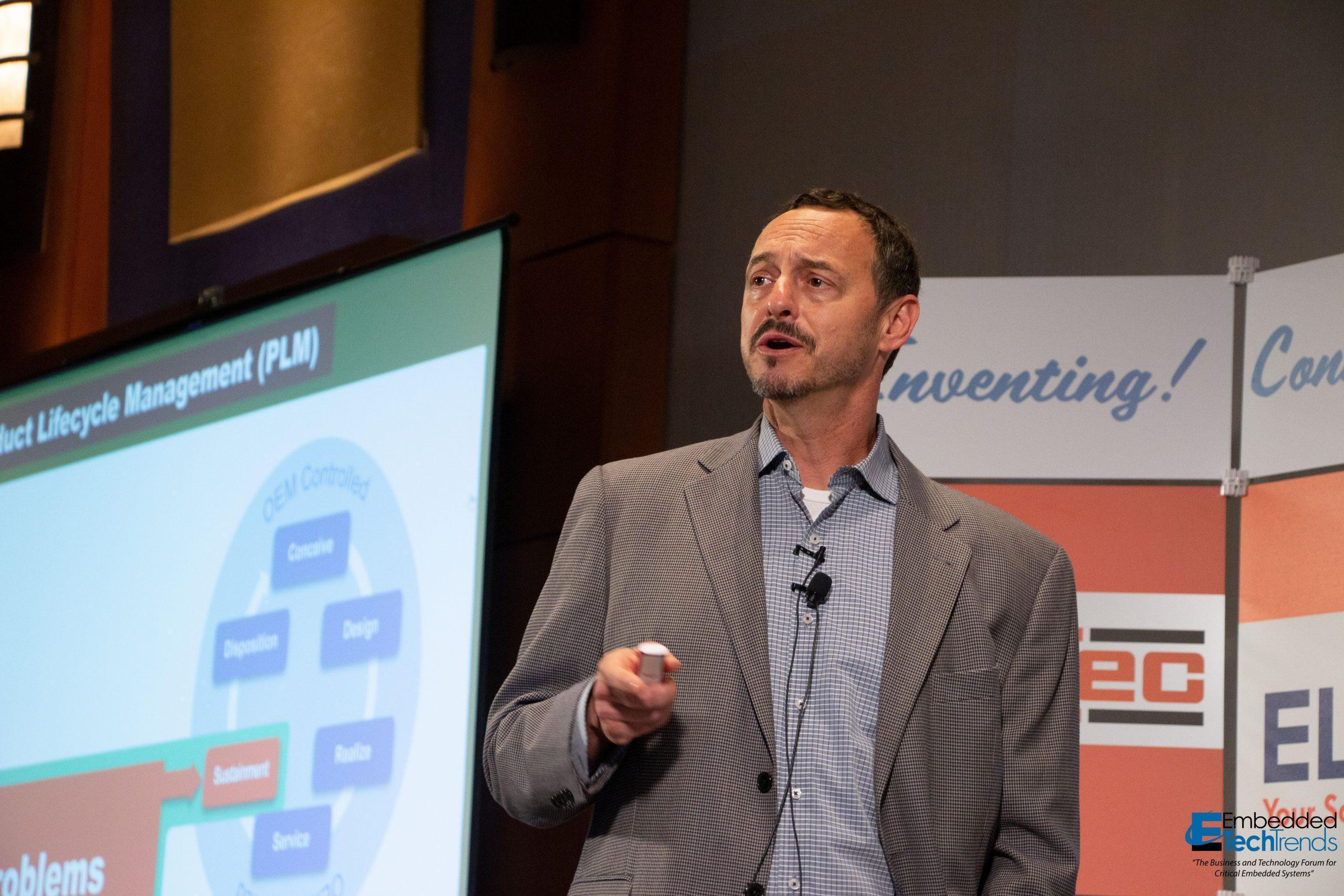
By Arun Sivasankaran With embedded board and system OEMs increasingly coming around to the fact that product pruning makes sound business sense, California-based GDCA, a company that specializes in legacy equipment manufacturing of obsolete embedded computer equipment, has found new...
To read the full article, please log in or enter your email below:
Northrop Grumman has been selected by the Royal Australian Air Force (RAAF) to provide the AN/ALQ-251 advanced radio frequency countermeasures…
Lockheed Martin has completed the delivery of the 51st and 52nd F-35As to the Royal Norwegian Air Force, making Norway…
L3Harris Technologies and Air Tractor have delivered the first missionized OA-1K Skyraider II aircraft to support U.S. Air Force Special…
Archer Aviation has signed an agreement with Ethiopian Airlines, making it the second customer planning to deploy Archer’s Midnight under…
ecube, aircraft disassembly specialists, were able to reuse, repurpose and recycle 83% of a British Airways Airbus A320 through a…
Vard, Norwegian subsidiary of the Fincantieri Group, has signed a contract for the design and construction of one offshore subsea…
PLD Space has signed an agreement with space logistics firm D-Orbit to deploy satellites aboard its MIURA 5 rocket to…
Embraer and South African aerospace and defence company Denel officially signed a Memorandum of Understanding (MoU) during the LAAD Defense…
Exail has been awarded a contract by the Oceanic Observatory of Madeira (OOM) to supply a DriX O-16 Uncrewed Surface…
AAR has completed the divestiture of its non-core Landing Gear Overhaul business to GA Telesis for $51 million. On December…
The U.S has stepped up its campaign aimed at decreasing the Iranian capabilities to develop and manufacture additional armed UAVs.…
The Portuguese Air Force (PRT AF) is joining Embraer and the Brazilian Air Force (FAB) in collaborative studies to identify…
Sweden has officially committed to acquiring four C-390 Millennium multi-mission aircraft, securing the necessary production slots. The official announcement came…
Columbia Helicopters has renewed its aerial firefighting contract with CMC Savunma Sanayi A.S. (CMC) in Turkey. This marks Columbia's fifth…
Mayman Aerospace has announced the successful completion of test flights for the RAZOR P100, which will be the first commercial…
China Airlines of Taiwan has signed a firm order with Airbus for ten A350-1000s, finalising a commitment announced by the…
Rheinmetall and Lockheed Martin, partners in the Global Mobile Artillery Rocket System (GMARS) program, recent hosted a summit to discuss…
CAE Defense & Security has been awarded the competitive re-compete to support the U.S. Army Aviation Center of Excellence (AVCOE)…
Israeli company BIRD Aerosystems has obtained Supplemental Type Certificate (STC) approval for the installation of its Airborne Missile Protection System…
Turkish defence company Havelsan has signed an agreement with the Chilean Navy for the ADVENT Combat Management System (CMS). Chile…
The US Army Special Operations Aviation Command (USASOAC) has awarded Boeing a $240 million contract to remanufacture five MH-47G Block…
LEAV Aviation has partnered with AirFi to introduce a new inflight entertainment, connectivity, and retail system from March 2025. The…
AAR CORP. has extended its exclusive Serviceable Engine Products agreement with FTAI Aviation Ltd. for the CFM56 used serviceable material…
Integrated and Reliable Data Distribution Systems for Naval Platforms Developed by HAVELSAN, the Platform Data Distribution System (PDDS) and Submarine…
Israel Aerospace Industries (IAI) has showcased the RobDozer, a remotely operated military bulldozer, during a demonstration in the United States…
HAVELSAN has signed a cooperation agreement with Egypt’s Kader Advanced Industrial Factory, affiliated with the Arab Organization for Industrialization, to…
Vojensky technicky ustav, s.p. (VTU), the Czech Republic’s military technical institute, has selected Exail to provide Advans inertial navigation systems…
ASELSAN will participate in LAAD 2025 in Rio de Janeiro, Brazil, from 1-4 April, as it seeks to strengthen its…
Hyundai Heavy Industries (HHI) has launched the second 3,200-ton frigate for the Philippine Navy. The vessel, named BRP Diego Silang,…
Japan Airlines (JAL) has confirmed an order for 17 Boeing 737-8 aircraft, expanding its 737 MAX backlog to 38 firm…

Headquartered in Singapore with reporters spread across all major regions, GBP Aerospace & Defence is a leading media house that publishes three publications that serve the aerospace and defence sector - Asian Defence Technology, Asian Airlines & Aerospace and Daily News. Known industry-wide for quality journalism, GBP Aerospace & Defence is present at more international tradeshows and exhibitions than any other competing publication in the region.
For over three decades, our award-winning team of reporters has been producing top-notch content to help readers stay abreast of the latest developements in the field of commercial aviation, MRO, defence, and Space.
Copyright 2024. GBP. All Rights Reserved.
Home Defence & Security Space Commercial Aviation Maintence Repair & Overhaul Daily News Events About Us
2025 GBP all rights reserved.
